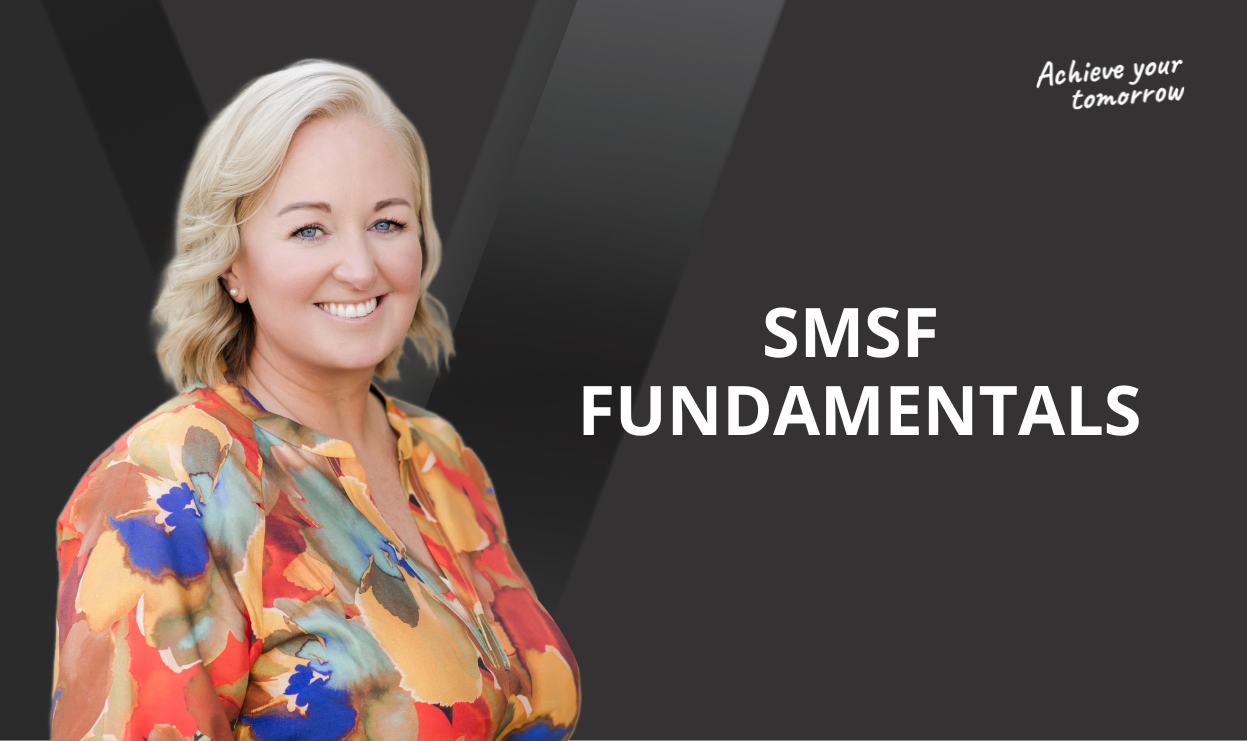
Self-managed superannuation funds (SMSFs) have traditionally appealed to older Australians and small business owners who want more control over their retirement savings. However, recent trends indicate the sector is undergoing a transformation.
While 85% of SMSF members are still aged 45 years or older, there has been a notable increase in younger Australians joining the SMSF space. The proportion of members aged between 25 and 34 has climbed to around 10%. In the three months to the end of March 2025, almost 8,000 new SMSFs were established, and the number of new members rose by 13,000. The sector now manages over $1 trillion in assets, with about a quarter of funds invested in listed shares and approx. 15% in cash and term deposits.
A New Tax Era
From 1 July 2025, the introduction of the Division 296 super tax will affect those with total superannuation balances over $3 million. Earnings on the portion above this threshold will attract an additional 15% tax, bringing the effective tax rate on those earnings to 30%.
A critical aspect of Division 296 is its inclusion of unrealised gains, which means trustees could face tax obligations on increases in asset value that have not yet been realised by a sale. This presents particular challenges for SMSFs holding illiquid assets like direct property or farmland.
Industry groups have raised concerns about the fairness and complexity of the new tax rules, as well as the risk of unintended consequences. Trustees with sizeable balances are encouraged to start planning ahead of 30 June 2026, reviewing asset allocations, contribution strategies, and the timing of withdrawals. Professional advice can help ensure that strategies are tailored to individual circumstances.
Regular Compliance Requirements
Every SMSF is required to undergo an annual audit by an approved SMSF auditor, who will verify financial statements and ensure compliance with superannuation laws. Trustees must also value all fund assets at market value as at 30 June each year, using objective and supportable data. For assets like property, valuations can be complex and potentially expensive. The ATO recommends engaging qualified independent valuers where assets comprise a significant portion of the fund or are difficult to assess. Auditors may ask for evidence such as comparable sales data, agent appraisals or formal valuation reports.
Inadequate record-keeping or insufficient documentation can result in audit delays, compliance breaches or penalties. It is also essential for trustees to regularly review and document their investment strategy, especially when commencing pensions or making substantial contributions.
The Advice Gap
Despite increasing regulatory complexity, most SMSF trustees continue to operate without professional guidance. Although the number of SMSFs using financial advisers has increased marginally in recent times, over 450,000 funds remain without adviser support. Navigating issues such as contribution caps, pension strategies or related-party transactions without expert advice can potentially lead to costly errors. While there is no legal requirement to engage a licensed financial planner, it is generally prudent to seek guidance unless you have the necessary skills and expertise.
What’s Next?
The SMSF sector is evolving, and trustees must adapt to changing tax rules and heightened compliance standards. Whether you are considering setting up an SMSF or already managing one, now is an opportune time to review your fund’s structure, seek expert advice, and ensure all documentation is in order. With the implementation of Division 296 and a growing number of younger members, the sector is set for both growth and increased scrutiny.
If you have any questions about SMSFs or would like tailored advice for your circumstances, please get in touch with our office.
Book a call with Kate Borch here